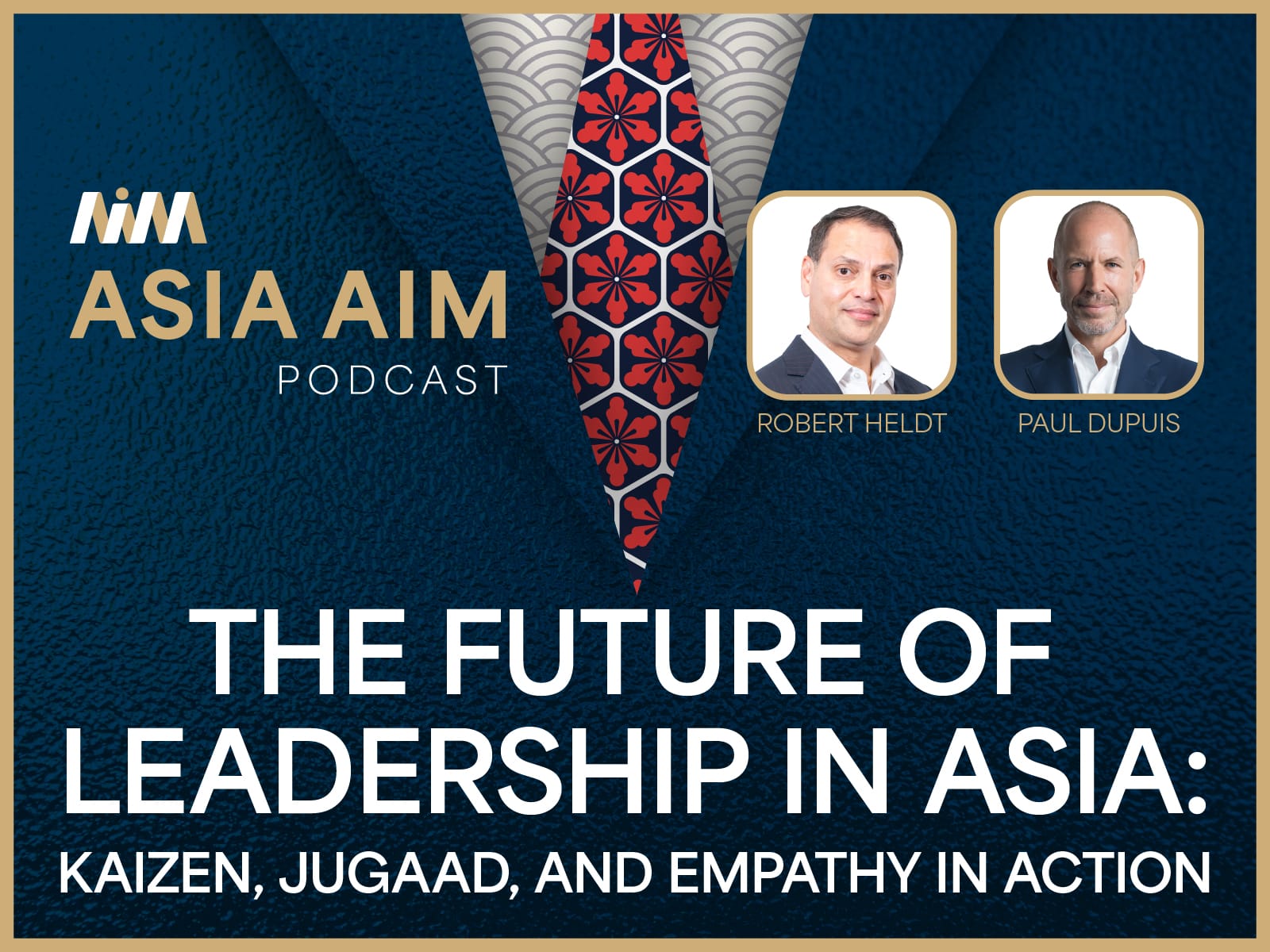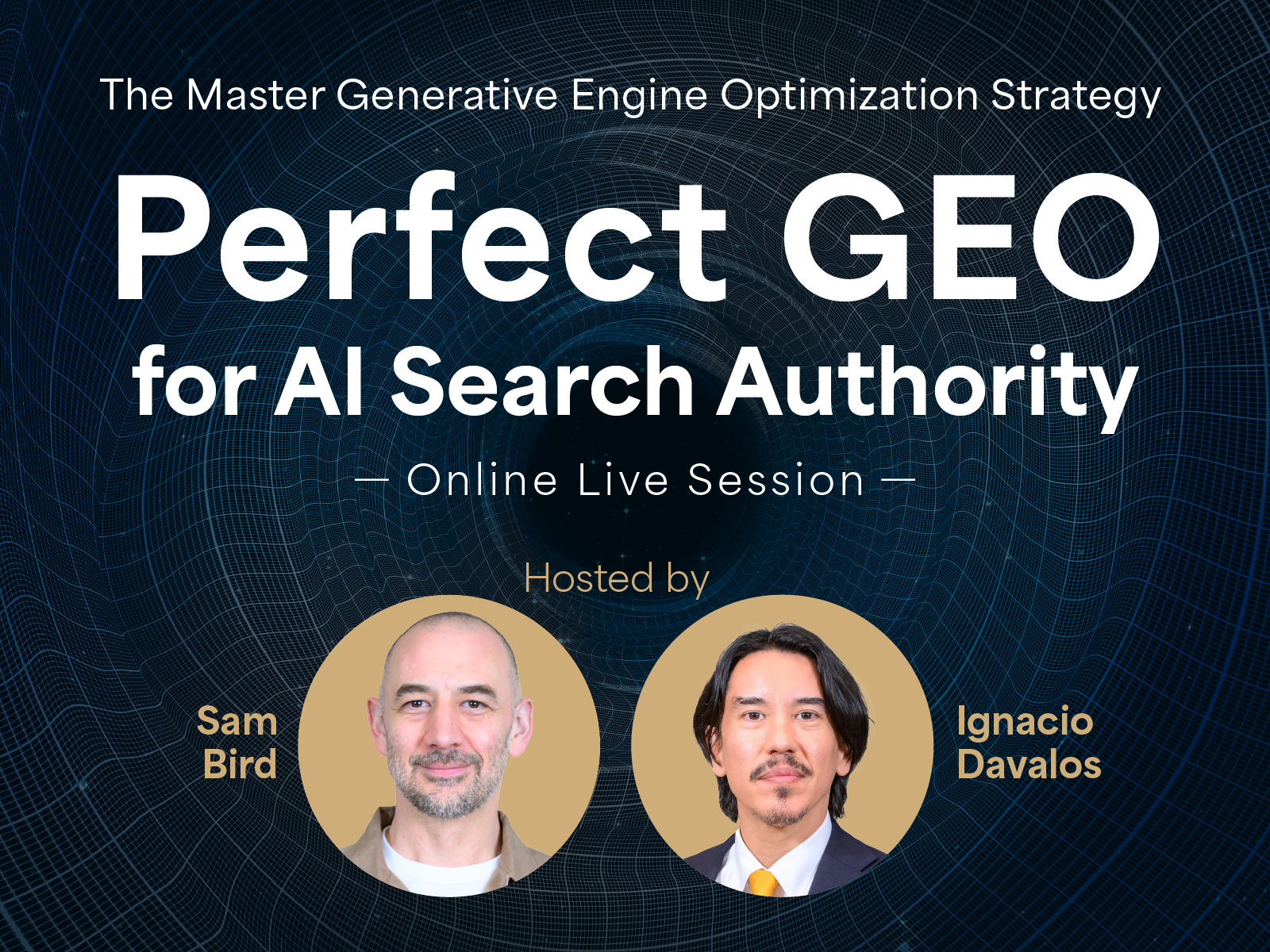
Content with context
We are entering an exciting phase with the evolution of the Internet of Things (IoT). As sensors continue to be embedded in everything from cars to wristwatches, those connected devices and wearable technology provide invaluable insight on, and unparalleled access to, customer behaviour.
 By Robert Heldt
By Robert Heldt
President
Fresh look at marketing’s four Ps
- Right message, at the right time, in the right place is key
- Internet of Things (IoT) provides insight into customer behaviour
- Proximity marketing can charm consumers, drive sales
A year ago, in BCCJ ACUMEN, I wrote about the importance of understanding the rise in content marketing and how to create great content. But content can only achieve greatness when it accomplishes its marketing and communication objectives. In today’s noisy environment of content marketing, where everyone with a device has become a publisher and marketers constantly battle for consumers’ attention, how can you succeed?
Now, more than ever, timing and relevance have become crucial, setting the stage for a new era in marketing: context marketing.
After all, if content marketing were about delivering educational and useful information to your target audience, what good would it serve if it were not delivered at the apt time and in a relevant context?
Simply put, context marketing is about delivering the right message to the right audience, via the right medium and, what is most important, at the right time.
We are entering an exciting phase with the evolution of the IoT. As sensors continue to be embedded in everything from cars to watches, those connected devices and wearable technology provide invaluable insight on, and unparalleled access to, customer behaviour.
Consumers are in a mode of constant engagement, forcing marketers to continuously pay attention to their behaviour and understand their target audiences better. Brands that partner with intelligent content agencies and invest time and resources can successfully use context marketing to delight and surprise customers while building in them brand loyalty. Great context marketing turns customers into brand influencers as they create their own content and share their experiences via a variety of media.
Japan is well known for its quirky products and services giving rise to the “only in Japan” phenomenon. From vending machines selling just about anything to seasonal products such as sakura-flavoured cola and KitKat—there are some 20 varieties of KitKat in Japan, including the recent sake-flavoured variety, which has been a hit for adults—unusual products and guerrilla marketing tactics will continue to attract consumers’ attention. But will that be enough?
The four Ps of marketing—Product, Price, Promotion and Placement—have long assisted brands and marketers in their strategies. However, due to rapid advances in technology and the future of the IoT being largely unknown, catering to an always connected, device-glued generation presents marketers with new challenges and tremendous marketing opportunities.
Geographical position has become the new piece of the marketing puzzle. Consumers are willing to share their location to receive relevant content that is of value to them.
For example, an individual may want to go with their friends to a good restaurant in their immediate vicinity or take advantage of great deals in a shopping centre while window-shopping. Fast food chains and retailers in Japan are embracing social media channels such as LINE to push deals to savvy consumers; digital coupons are fast becoming the most valuable form of mobile marketing.
However, context isn’t solely about location, relevance or timing. It is important for marketers to understand our customers—where they are, what they like, and how we can serve them better. To be successful, therefore, marketers not only need to create great content, but also analyse consumer data, and provide a contextual marketing experience that informs and pleases their customers.
Article first appeared in BCCJ ACUMEN April 2016 issue.


